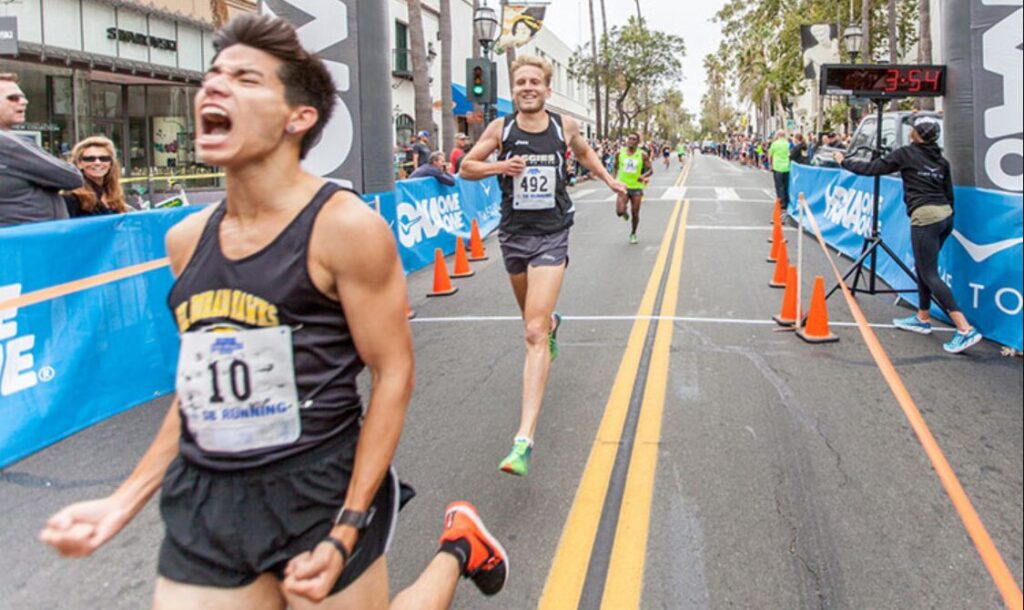The decision to run a distance in marathon race is a commitment to pushing your physical and mental boundaries. At the heart of this iconic challenge is a specific, formidable measurement that has captivated athletes for over a century. Understanding the marathon distance is the first step in respecting the race and preparing appropriately for the journey ahead, which is as much about the training process as it is about race day itself.
This fixed distance demands a unique blend of endurance, strategy, and sheer willpower. From its ancient origins to its modern-day glory, the 26.2-mile benchmark represents a universal test for runners across the globe. Embracing the scale of the marathon distance allows you to build a structured plan that will carry you from the start line to the unforgettable moment you cross the finish.
The Historical Roots of the Marathon Distance
The precise distance in marathon race we know today has a rich history that stretches back to ancient Greece. The most popular legend tells of a Greek messenger named Pheidippides, who ran from the plains of Marathon to Athens to announce a military victory. This foundational story, though likely more myth than exact history, provided the inspiration for the race when the modern Olympic Games were revived in 1896, connecting the event to a powerful narrative of endurance and duty.
To honor this legacy, the organizers of the 1896 Athens Olympics plotted a course from Marathon to the Panathenaic Stadium in the city center. The initial route was approximately 25 miles, but the distance was later standardized. It was at the 1908 London Olympics that the marathon was extended to its now-official length of 26 miles and 385 yards, or 42.195 kilometers, to position the finish line in front of the royal viewing box. This specific, and somewhat accidental, measurement became the permanent global standard for the marathon distance.
Measuring the Challenge: What Makes the Distance Unique
The official marathon distance of 26.2 miles is non-negotiable and universally recognized by all international athletic federations. This standardization is what allows for world records to be officially set and recognized, creating a level playing field for elite athletes competing in different events across the world. Whether you are running in Berlin, Boston, or Tokyo, you are covering the exact same challenging terrain in terms of total mileage.
For the everyday runner, comprehending the sheer scale of this distance in marathon race is crucial for training and pacing. Unlike a 5K or even a half-marathon, the full marathon distance requires your body to primarily use its aerobic energy system and efficiently burn stored fat after depleting its glycogen reserves. This physiological hurdle, often called “hitting the wall,” is a direct result of the unique metabolic demands of sustaining effort over such a long, unvarying distance.
Training Your Body to Conquer the Distance
Successfully covering the distance in marathon race requires a training plan specifically designed to prepare your muscles, joints, and cardiovascular system for the prolonged impact. A typical training cycle lasts between 16 to 20 weeks and focuses on gradually increasing your weekly mileage, with a special emphasis on the weekend long run. This slow build-up is essential for strengthening connective tissues and bones, thereby minimizing the risk of injury before race day.
The most critical component of any plan is the progressive long run, which systematically trains your body to handle the full distance in marathon race. These runs, which typically peak at 18-22 miles, do more than just build physical endurance; they also teach your body to become efficient at using fuel and give you the mental confidence that you can complete the race. By consistently logging miles week after week, you are not just running; you are specifically conditioning your body to manage the immense challenge of the marathon distance.
Pacing Strategies for the Full 26.2 Miles
One of the most common mistakes for first-time marathoners is starting too fast, a error that can be devastating over the full marathon distance. The key to a strong finish is disciplined pacing from the very first mile. A popular and highly effective strategy is to run “negative splits,” meaning you run the second half of the race slightly faster than the first. This requires holding back your pace early on, even when you feel fresh, to conserve energy for the final, grueling 10K.
To execute your pacing plan effectively, it’s vital to know what your goal pace feels like. Using a pace calculator, you can determine the exact per-mile or per-kilometer speed needed to hit your target finish time. Practicing this goal pace during your longer training runs will make it feel natural and sustainable on race day. Remember, the marathon distance is a test of patience and discipline; respecting the pace early on is your greatest tool for achieving a successful and enjoyable race.


